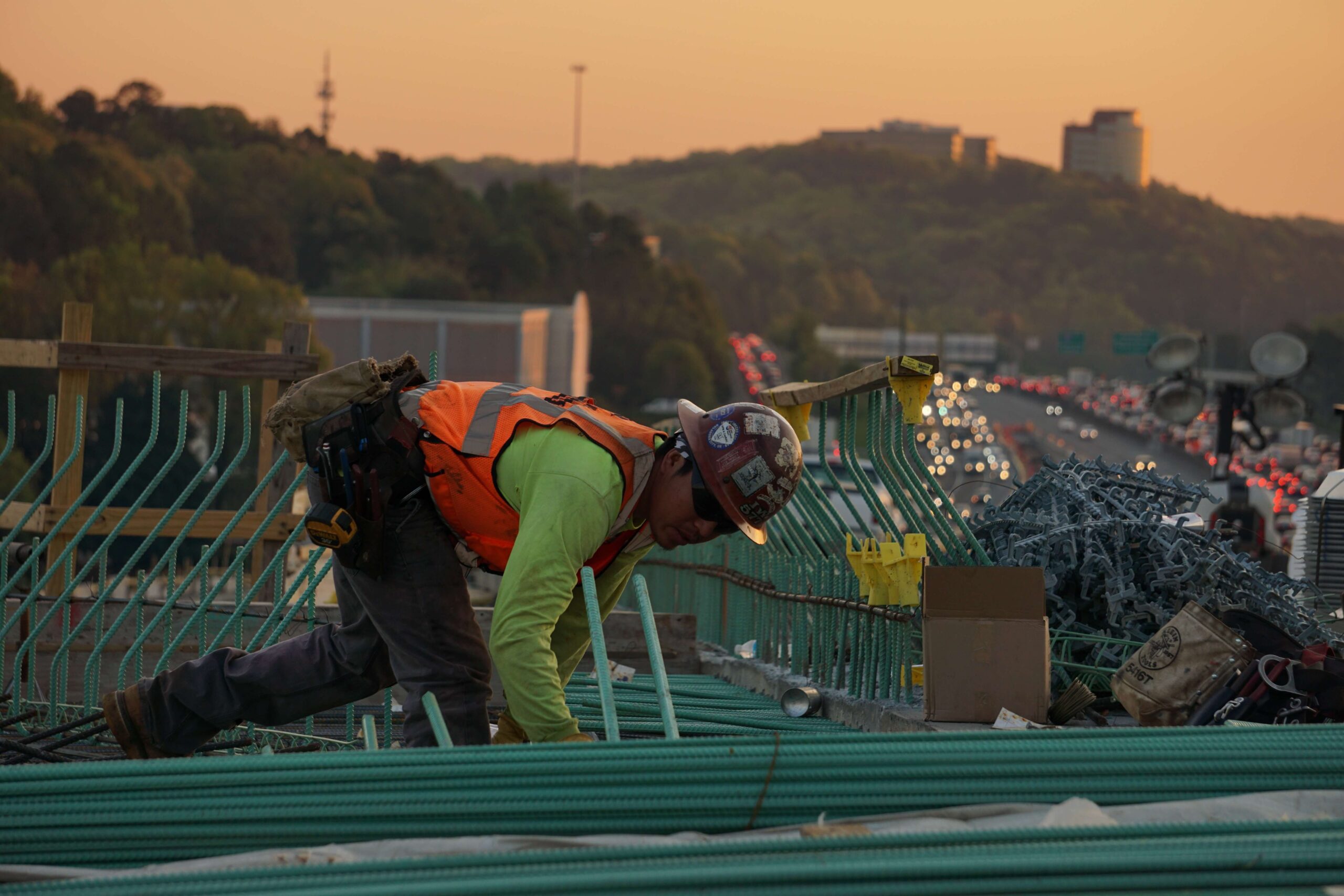On April 8, 2020, the U.S. Centers for Disease Control and Prevention (CDC) issued its new Interim Guidance for Implementing Safety Practices for Critical Infrastructure Workers Who May Have Had Exposure to a Person with Suspected or Confirmed COVID-19. The guidance provides that critical infrastructure workers may be allowed to continue working following a potential exposure to COVID-19 in order to ensure the continuity of essential operations under certain circumstances.
Here are the key points employers need to know about this new guidance:
- The guidance specifically applies to critical infrastructure workers, including workers in the following sectors: (a) law enforcement; (b) 911 call center employees; (c) fusion center employees; (d) public and private hazardous material responders; (e) janitorial and custodial staff; (f) workers and contractors in the food and agriculture, critical manufacturing, informational technology, transportation, energy, and government facilities industries. Further information on identifying critical infrastructure workers can be found on the Department of Homeland Security’s Cybersecurity and Infrastructure Security Agency (CISA) website and on the CDC’s first responder guidance website.
- For purposes of the guidance, a potential exposure means “being a household contact or having close contact within 6 feet of an individual with confirmed or suspected COVID-19.” The CDC notes that the relevant timeframe for determining a potential exposure is 48 hours prior to the infected individual with whom the employee had contact showing symptoms of COVID-19.
- The guidance permits the continued work of an asymptomatic critical infrastructure worker who has been exposed to COVID-19, but only while that person remains without symptoms and while additional precautions are being taken. If the worker develops symptoms (gets sick), the worker should be sent home immediately, the workspace should be cleaned and disinfected, and the worker should seek appropriate medical care as necessary. In addition, the CDC advises employers to identify other persons who came in contact with the exposed worker up to 48 hours prior to the exposed worker developing symptoms. For more information on handling exposed or symptomatic employees, see Ogletree Deakins’ list of frequently asked questions (FAQs), “COVID-19: FAQs on Federal Labor and Employment Laws.”
- The guidance provides that where asymptomatic exposed workers continue to work, they should be required to adhere to the following additional precautions prior to and during each work shift:
- Pre-Screening. The CDC advises employers to measure the employee’s temperature and assess whether he or she has any symptoms prior to the employee beginning work. The CDC recommends that temperature checks occur before the employee enters the facility. For more information on temperature screenings, see our article, “The Latest COVID-19 Conundrum: Can Employers Institute Temperature Checks at Workplaces?”
- Regular Monitoring. The employee should self-monitor for COVID-19 symptoms “under the supervision of [the] employer’s occupational health program.” For more information on how to handle employees who become symptomatic while at work, see our article, “COVID-19: FAQs on Federal Labor and Employment Laws.”
- Wear a Mask. The guidance states that the exposed employee should wear a face mask, which may be issued by an employer, or an employee’s cloth face covering if masks are not available, at all times while the exposed employee is in the workplace, for a period of 14 days after the last exposure.
- Social Distancing. The exposed employee should practice social distancing as much as possible, including staying at least six feet way from others in the workplace. The CDC also recommends that employees maintain distancing while taking breaks together, or stagger breaks to avoid congregations in break areas.
- Disinfect and Clean Work Spaces. The employer should regularly clean and disinfect all areas, including offices, bathrooms, common areas, and shared electronic equipment. The CDC also recommends employers increase the frequency of cleaning commonly touched surfaces, ensure that employees refrain from sharing headsets or other items that are near employees’ mouths or noses, and work with facility maintenance personnel to increase air exchanges in the facilities.
As critical infrastructure employers struggle to maintain operations during the COVID-19 pandemic, this guidance offers practical considerations and options for allowing exposed workers to continue working in order to keep essential operations running. However, employers may wish to consider the unique risks and operational demands in their facilities and, where exposed employees continue to work, carefully consider the additional precautions recommended above and others that may be pertinent to the local operations.
Ogletree Deakins will continue to monitor and report on developments with respect to the COVID-19 pandemic and will post updates in the firm’s Coronavirus (COVID-19) Resource Center as additional information becomes available. Critical information for employers is also available via the firm’s webinar programs.





